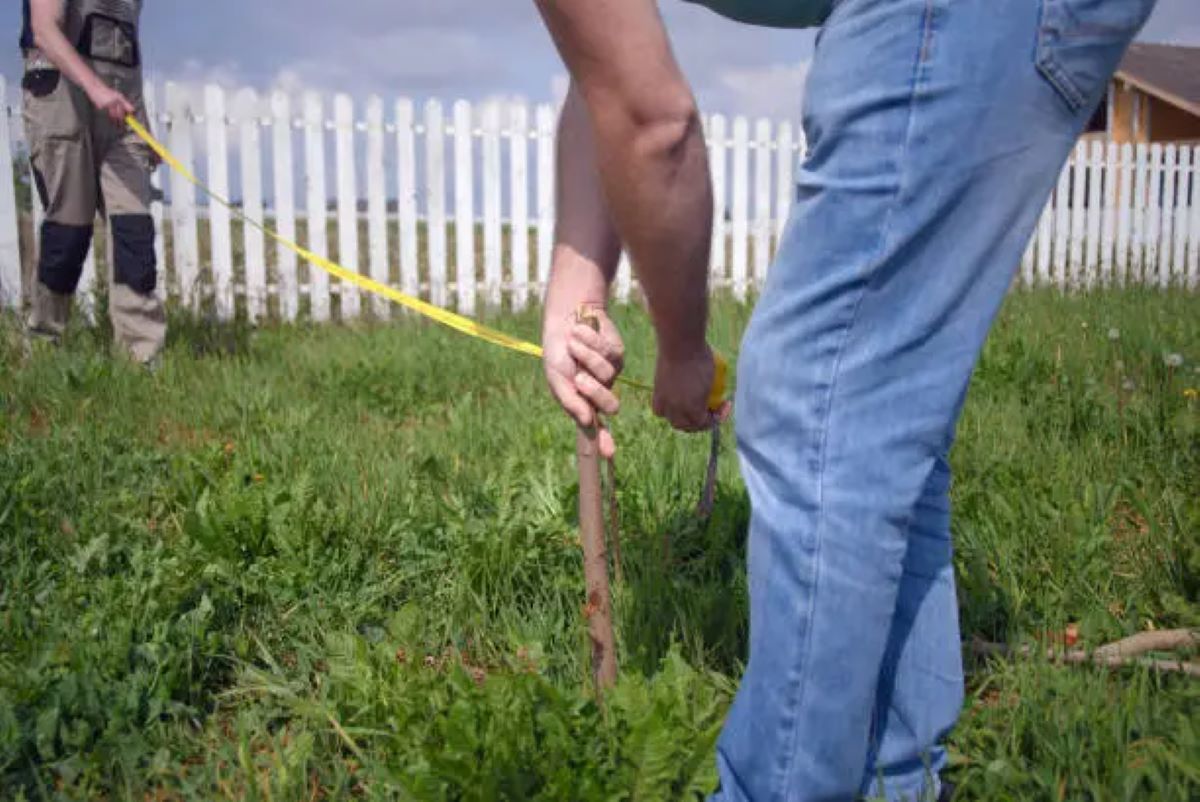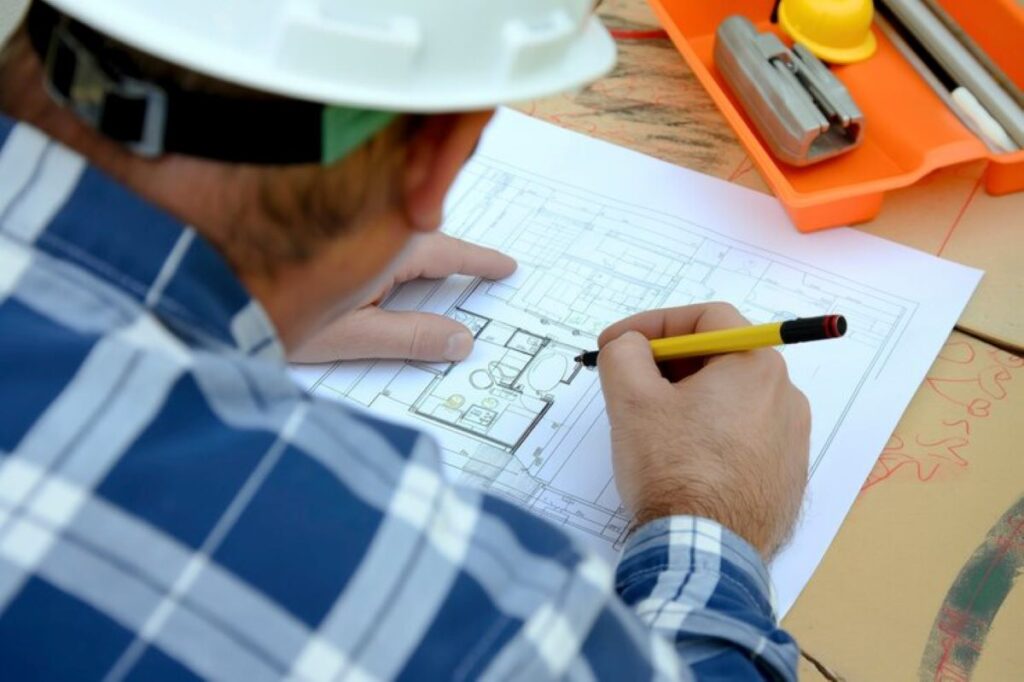When Do You Need a Contour Survey for Your Property?

When considering property development, various factors come into play, including location, topography, and environmental conditions. One crucial aspect often overlooked is conducting a contour survey. This article will delve into what contour surveys entail, their importance in property development, and when you should consider obtaining one.
Understanding Contour Surveys
Contour surveys are specialized surveys that analyze and represent the elevation and topographical layout of a piece of land. They provide vital information about the contours, slopes, and elevations, which is critical for various construction and landscaping projects.
Definition of a Contour Survey
A contour survey involves measuring the elevation of the land’s surface at various points and creating detailed maps that illustrate these changes in height. The resulting contour lines on the map depict areas of equal elevation, allowing for a clear visual understanding of the terrain’s layout.
These surveys are conducted by qualified surveyors using advanced equipment such as Total Stations, GPS technology, and digital levels. The data collected is then used to create accurate topographical maps or Digital Terrain Models (DTMs), which serve as foundational documents for various projects. The precision of these tools ensures that even the slightest variations in elevation are captured, providing a comprehensive view of the land’s features.
In addition to traditional surveying methods, modern contour surveys may also incorporate aerial photography and LiDAR (Light Detection and Ranging) technology. These innovative techniques allow for the rapid collection of data over large areas, significantly enhancing the efficiency and accuracy of the survey process. As a result, contour surveys can now be completed in a fraction of the time it would take using conventional methods, making them an invaluable resource in today’s fast-paced construction environment.
The Purpose of Contour Surveys
The primary purpose of a contour survey is to assist in the planning and design of construction projects. By understanding the land’s shape and elevation, developers can make informed decisions about positioning structures, drainage solutions, and landscaping. Additionally, contour surveys are crucial for identifying potential challenges, such as erosion risks or areas prone to flooding.
Moreover, these surveys can be valuable in ensuring compliance with local zoning laws and regulations. Planners and architects often rely on contour maps to achieve designs that harmonize with the natural landscape, thereby promoting sustainability and aesthetic appeal. The integration of contour survey data into the planning phase can also lead to cost savings, as it allows for the early identification of issues that might otherwise result in costly modifications during construction.
Furthermore, contour surveys play a significant role in environmental assessments. By providing detailed information about the terrain, they help in evaluating the impact of proposed developments on local ecosystems. This is particularly important in sensitive areas where maintaining the natural topography is essential for preserving wildlife habitats and water drainage patterns. The insights gained from contour surveys can guide developers in implementing environmentally friendly practices that minimize disruption to the landscape, ensuring that development and conservation can coexist harmoniously.
The Importance of Contour Surveys in Property Development
In property development, contour surveys play a vital role beyond mere topographic analysis. They provide insights that can significantly impact the success of a project, making them an indispensable tool for developers, architects, and landscapers.
Role in Planning and Design
When embarking on any construction project, effective planning and design are essential for success. Contour surveys provide developers with detailed insights into the site’s topography, enabling them to create designs that complement the land rather than disrupt it. This ensures that buildings are positioned in a way that takes advantage of the natural slopes, which can enhance both aesthetics and functionality.
Using contour data, architects can also create more efficient layouts, maximizing space and minimizing costly site alterations. For example, understanding the drainage patterns through a contour survey can lead to designs that naturally channel water away from buildings, reducing the risk of water damage and minimizing the need for additional engineering solutions. Moreover, this knowledge allows for the integration of sustainable practices, such as rain gardens and permeable paving, which can further enhance the ecological footprint of the development.

Impact on Landscaping and Drainage
The significance of contour surveys extends to landscaping and drainage planning. A well-executed landscape design considers the land’s natural contours to create visually pleasing and functional outdoor spaces. By following the terrain’s natural slope, landscapers can enhance the effectiveness of planting beds, lawns, and other features. This approach not only promotes biodiversity by allowing native plants to thrive but also reduces the need for excessive irrigation, making the landscape more sustainable.
Additionally, effective drainage is paramount for preventing erosion and sedimentation. Contour surveys allow landscape architects to design systems that respect the land’s natural flow, preventing water from pooling in unwanted areas. This consideration preserves the integrity of both the landscape and the structures within it. Furthermore, by employing techniques such as contour farming or terracing, developers can mitigate soil erosion on sloped sites, ensuring that the land remains productive and stable over time. This proactive approach to land management not only protects the investment but also contributes to the long-term health of the ecosystem surrounding the development.
Identifying the Right Time for a Contour Survey
Knowing when to conduct a contour survey is critical for property developers and homeowners alike. Certain circumstances necessitate obtaining this survey to ensure informed decision-making and compliance with regulations.
Before Purchasing a Property
If you are considering purchasing a property, conducting a contour survey can provide invaluable insights. It enables potential buyers to assess the suitability of the land for their intended purposes, whether residential, commercial, or agricultural. Understanding the land’s topography can help avoid costly mistakes and legal issues down the line.
Additionally, the survey can reveal potential challenges, such as steep slopes or areas at risk of flooding. This information is essential for assessing the true value of the property, providing buyers with leverage in negotiations.
Furthermore, contour surveys can uncover hidden features of the land that may not be immediately visible, such as natural drainage paths or existing vegetation that could impact future development. Buyers can also use this data to visualize how the property will fit into the surrounding landscape, which is particularly important for those looking to create a harmonious living environment. By understanding the contours of the land, buyers can make more informed decisions about landscaping, gardening, or even the placement of outdoor amenities.
Prior to Construction or Renovation
Before starting any construction or renovation project, obtaining a contour survey is highly advisable. It offers critical information that can influence the design, efficiency, and safety of the project. Moreover, many local building codes require contour surveys before granting construction permits, especially for larger or more complex projects.
By conducting a survey at this stage, developers can identify any potential issues related to site drainage, erosion, or compliance with setback requirements. Early identification of these factors can lead to significant cost savings and ensure a smoother construction process.
In addition to these practical benefits, a contour survey can also aid in the planning of utilities and infrastructure, such as water lines, sewage systems, and electrical connections. Understanding the elevation changes across the property allows for better planning of these essential services, ensuring they function optimally and comply with local regulations. Moreover, having a detailed contour map can facilitate discussions with architects and engineers, as it provides a clear visual reference that can help in the collaborative design process, ultimately leading to a more successful project outcome.
The Process of a Contour Survey
Conducting a contour survey involves several key steps that ensure accurate data collection and analysis, leading to reliable results that inform planning and design.
Initial Site Inspection
The first step in the contour survey process is an initial site inspection. A qualified surveyor visits the property to assess its overall condition, identifying features that may impact the survey, such as vegetation, structures, and existing utilities. This inspection helps the surveyor plan the approach for data collection effectively.
During the site inspection, the surveyor will outline a grid or network of points throughout the property where elevation measurements will be taken. This organized approach ensures comprehensive coverage of the area, resulting in an accurate representation of the site’s contours.
Data Collection and Analysis
Once the site is prepared, the surveyor uses various tools and equipment to collect elevation data. Measurements are taken at the predetermined points, and advanced technology is employed to ensure accuracy. After gathering the data, the surveyor will analyze it to create contour maps, highlighting changes in elevation across the site.
This data is then compiled into a comprehensive report that includes the visual contour maps and supporting information pertinent to the property’s topography. The finalized survey documents serve as essential resources for architects and developers as they move forward with their projects.
Choosing a Contour Surveyor
Selecting the right contour surveyor is a pivotal step in the process. A qualified surveyor can ensure that you receive accurate and detailed survey results, essential for successful property development.
Qualifications to Look For
When choosing a contour surveyor, look for professionals with the appropriate qualifications and experience. Ensure they are licensed and have a solid understanding of local regulations and land use policies. Many surveyors hold certifications from recognized professional bodies, which can indicate their level of expertise.
Experience in performing contour surveys specifically is also crucial. A surveyor with a proven track record in projects similar to yours will understand the nuances involved and can provide insights that may be overlooked by less experienced professionals.

Questions to Ask Your Potential Surveyor
Before making a selection, it is advisable to prepare a list of questions to gauge the surveyor’s suitability. Consider asking about their experience with similar projects, their approach to data collection, and their familiarity with local zoning regulations. Additionally, inquire about project timelines and potential fees, ensuring that there is transparency about all aspects involved.
Other important considerations include asking for references from past clients and reviewing samples of their survey reports. This due diligence can help you make an informed decision and ensure you choose a surveyor who can meet your specific needs.
In conclusion, contour surveys are not just a formality; they play a pivotal role in the successful planning and development of properties. Understanding their significance and knowing when to conduct one ensures that your projects are based on accurate and reliable data, setting the stage for effective planning and successful outcomes.
More to Read : The Importance of a Boundary Survey for Landowners
